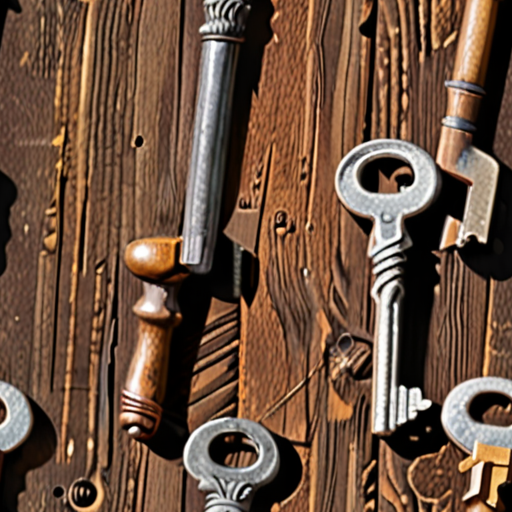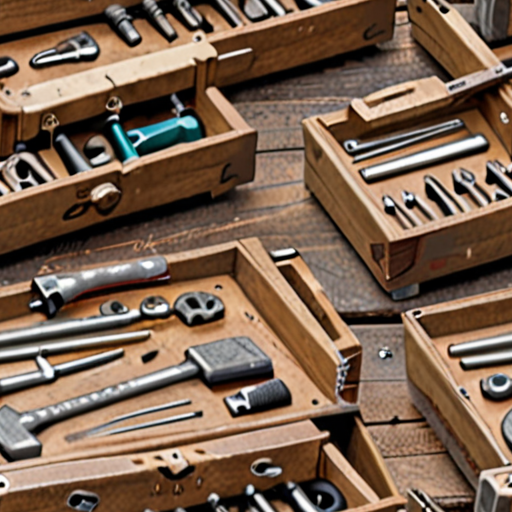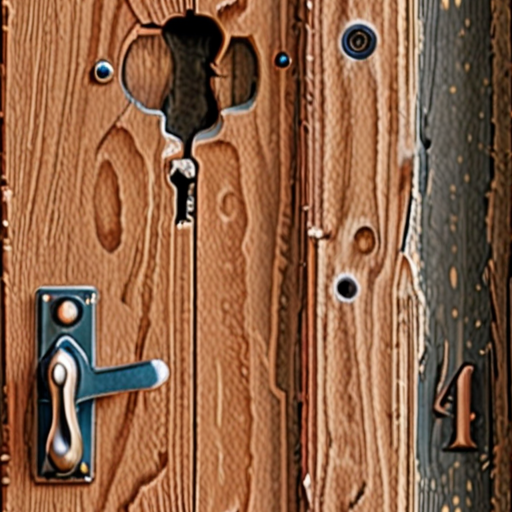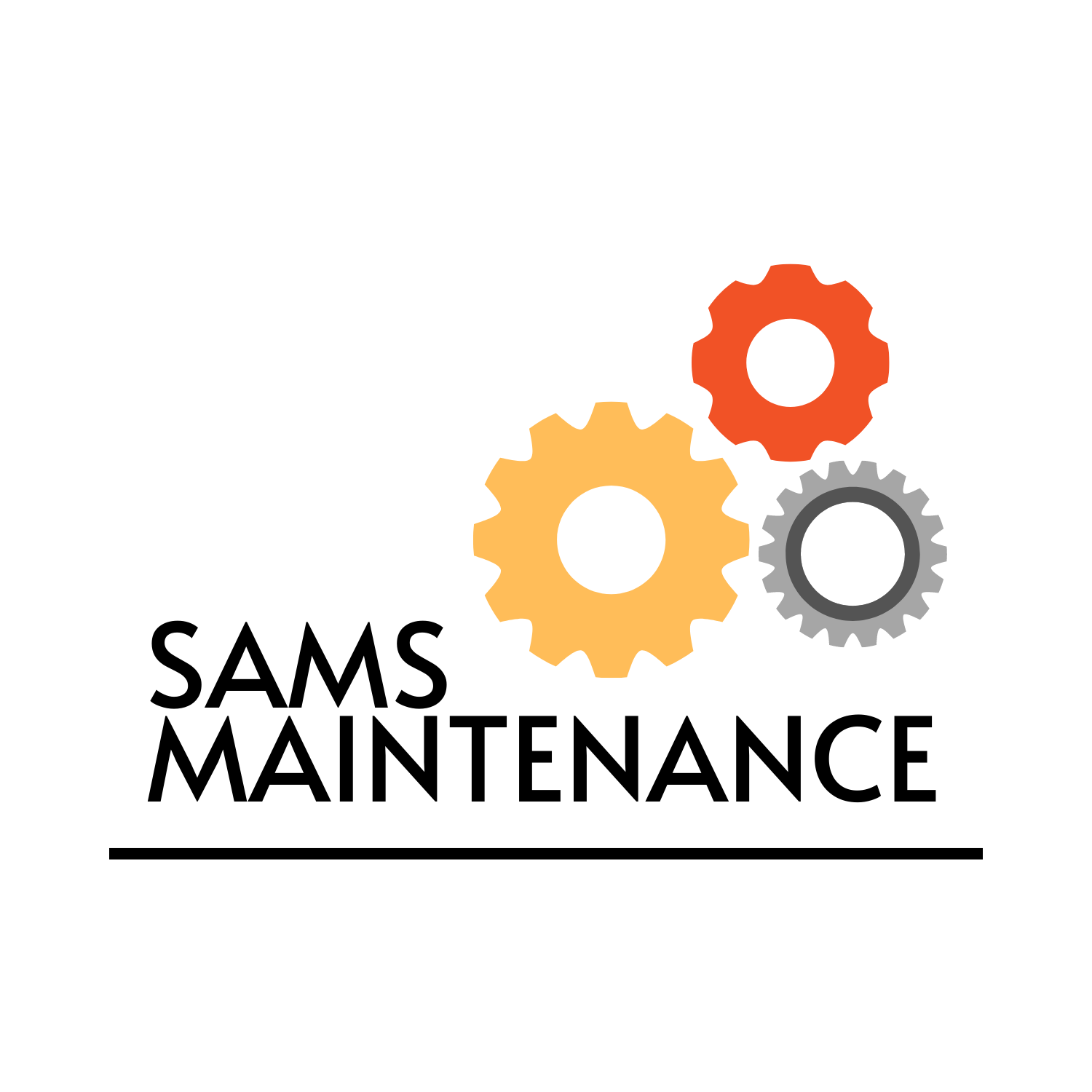As a homeowner, it’s essential to stay on top of regular house repairs to prevent costly damages and maintain your property’s overall value. However, creating a comprehensive routine house repair checklist can seem daunting, especially when considering the numerous tasks involved in keeping your home in good condition. By understanding the importance of regular home maintenance and repair, you’ll be better equipped to prioritize tasks, avoid common pitfalls, and save money in the long run.

The Rule of Thumb for House Repair
As a homeowner, it’s essential to budget for regular maintenance and repairs to keep your home in excellent condition.
- Budget 1 to 4% of your home’s value per year for maintenance costs, including repairs and replacements.
- For example, if you have a $350,000 home, your savings goal could be $3,500 per year or 1% of its value.
- This rule of thumb helps you plan for unexpected expenses and ensures that you’re prepared for any issues that may arise.
At Sams Maintenance , we recommend setting aside funds for routine maintenance tasks, such as:
- Caulk and weatherstripping replacement
- Gutter cleaning and downspout installation
- Pest control services
- Seasonal HVAC maintenance
By prioritizing regular maintenance and repairs, you can prevent costly problems and extend the lifespan of your home.
Competitor Insights
Other reputable sources, such as Fannie Mae , also emphasize the importance of budgeting for home maintenance.
According to their guidelines, homeowners should allocate 1 to 4% of their home’s value annually for maintenance and repairs.
DIY Tips and Resources
For those who prefer to tackle projects themselves, Home Depot offers a wealth of DIY tutorials and resources on their website.
Additionally, Lowe’s provides helpful articles and videos on various home improvement topics, including maintenance and repair.
Creating a Comprehensive Maintenance Checklist
I’m often asked how to create a preventive maintenance checklist, and I’m happy to share my expertise with you.
-
Step 1: Identify Critical Systems and Equipment
Start by making a list of critical systems and equipment in your home or facility, such as HVAC units, plumbing fixtures, electrical panels, and appliances.
-
Step 2: Determine Maintenance Frequency
Determine how often each item on your list needs to be maintained, whether it’s daily, weekly, monthly, quarterly, or annually.
-
Step 3: Assign Tasks and Responsibilities
Assign tasks and responsibilities to team members or individuals, making sure everyone knows what’s expected of them.
-
Step 4: Schedule Regular Inspections
Schedule regular inspections to catch potential issues before they become major problems.
-
Step 5: Review and Update the Checklist
Regularly review and update the checklist to reflect changes in your systems and equipment, as well as new technologies and best practices.
At Sams Maintenance , we understand the importance of preventive maintenance in extending the lifespan of your systems and equipment, reducing downtime, and saving money in the long run.
We recommend checking out our DIY repair guides for helpful tips and tutorials on performing routine maintenance tasks yourself.
Additionally, consider consulting with a professional contractor or maintenance expert to get personalized advice on creating a customized maintenance plan tailored to your specific needs.
By following these steps and staying on top of your maintenance schedule, you’ll be able to enjoy a safer, more efficient, and more cost-effective operation.
Recommended Tools and Resources:
- Preventive Maintenance Checklist Template
- Preventive Maintenance Tips Videos
- Preventive Maintenance Software

Keeping Track of Home Maintenance
As a homeowner, staying on top of home maintenance can seem daunting, but with the right tools and mindset, it can become second nature.
-
Home Maintenance Calendar
Create a calendar specifically for home maintenance tasks, breaking down larger projects into smaller, manageable chunks.
- Seasonal tasks, such as gutter cleaning and HVAC filter replacements, can be scheduled accordingly.
- Regular inspections of plumbing, electrical systems, and appliances can help identify potential issues before they become major problems.
-
Maintenance Apps and Tools
Utilize apps and online platforms to streamline home maintenance tasks and stay organized.
- Apps like HomeZada and TaskRabbit allow users to schedule and manage maintenance tasks, set reminders, and track progress.
- Websites like Angie’s List and HomeAdvisor provide access to professional contractors and handyman services for larger projects.
-
DIY Projects and Repairs
Develop basic DIY skills to tackle minor repairs and projects, reducing reliance on professionals and saving money.
- Online tutorials and YouTube videos offer step-by-step instructions for common DIY tasks, such as leaky faucet repair and painting.
- Local hardware stores and home improvement centers often host workshops and classes for DIY enthusiasts.
-
Professional Help and Inspections
Know when to seek professional assistance for complex or high-risk tasks, ensuring safety and preventing costly mistakes.
- Annual inspections by licensed professionals can identify potential issues and provide recommendations for maintenance and repairs.
- Emergency services, such as 24-hour plumbers and electricians, can be contacted for urgent situations.
By implementing these strategies, homeowners can effectively keep track of home maintenance, prevent costly repairs, and enjoy peace of mind knowing their property is well-maintained.

What is Home Maintenance and Repair?
As a homeowner, understanding the importance of home maintenance and repair is crucial to extending the lifespan of your property and preventing costly surprises down the road.
-
Definition
Home maintenance refers to the routine tasks and activities performed to keep your home in good working order, while home repair involves fixing or replacing damaged or broken components to restore functionality.
-
Types of Home Maintenance
There are several types of home maintenance, including:
-
Preventative Maintenance
This type of maintenance involves regular checks and inspections to identify potential issues before they become major problems.
-
Corrective Maintenance
This type of maintenance involves repairing or replacing damaged or broken components to restore functionality.
-
Adaptive Maintenance
This type of maintenance involves modifying or upgrading existing systems or components to improve efficiency or functionality.
-
-
Importance of Home Maintenance
Regular home maintenance can help prevent costly repairs, reduce energy consumption, and improve safety and comfort levels within your home.
-
Energy Efficiency
Maintaining your home’s heating and cooling systems can help reduce energy consumption and lower utility bills.
-
Safety and Comfort
Maintaining your home’s electrical, plumbing, and HVAC systems can help prevent accidents and ensure a comfortable living environment.
-
Property Value
Maintaining your home’s exterior and interior can help increase its value and appeal to potential buyers if you decide to sell.
-
-
DIY vs. Professional Maintenance
While some home maintenance tasks can be completed DIY, others may require professional assistance to ensure they are done correctly and safely.
-
Diy Tasks
Tasks such as changing air filters, inspecting gutters, and patching holes in walls can typically be completed DIY.
-
Professional Tasks
Tasks such as electrical work, plumbing repairs, and HVAC installations should be left to licensed professionals to ensure safety and quality.
-
-
Resources for Home Maintenance
There are many resources available to help homeowners with maintenance and repair tasks, including:
-
Online Guides and Tutorials
Websites such as YouTube, Home Depot, and Lowe’s offer a wealth of information and tutorials on various home maintenance topics.
-
Local Hardware Stores
Local hardware stores often have knowledgeable staff who can provide advice and assistance with maintenance and repair tasks.
-
Professional Contractors
Licensed contractors can provide expert advice and assistance with complex maintenance and repair tasks.
-
Routine Maintenance on a House
As a homeowner, staying on top of routine maintenance can save you money, reduce stress, and keep your home safe and comfortable.
- Seasonal Tasks
- Clean gutters and downspouts twice a year to prevent water damage and foundation issues.
- Inspect and replace air filters every 1-3 months to improve indoor air quality and HVAC efficiency.
- Trim tree branches and shrubs to maintain curb appeal and prevent property damage.
- Check and replace smoke detector batteries annually to ensure safety.
- Monthly Tasks
- Check and repair any leaks under sinks, toilets, and around appliances.
- Verify that all doors and windows are properly sealed to prevent energy loss.
- Run a vacuum cleaner with a hose attachment to clean out dryer vents and improve appliance efficiency.
- Check the temperature settings on your water heater to ensure optimal performance.
- Quarterly Tasks
- Deep clean the refrigerator coils to improve appliance efficiency and reduce energy bills.
- Check and replace the furnace filter to maintain indoor air quality and HVAC efficiency.
- Inspect and clean the oven and stove to prevent grease buildup and food residue.
- Check the condition of caulk and weatherstripping around windows and doors.
- Annual Tasks
- Hire a professional to inspect and clean the chimney and fireplace.
- Have a licensed electrician inspect and test the electrical panel and circuit breakers.
- Check and replace the roof’s flashing and seals to prevent water damage.
- Inspect and repair any cracks in the driveway, sidewalk, and patio.
By following these routine maintenance tasks, you’ll be able to identify potential issues before they become major problems, saving you time, money, and stress in the long run.

Why Home Repair is So Expensive
As a homeowner, there’s nothing more frustrating than receiving a hefty bill for home repairs. But have you ever wondered why home repair can be so expensive? The truth is, there are several factors contributing to the high cost of home maintenance.
- Rising Material Costs:
- Inflation:
- Labor Shortages:
- Tech Advances:
- Regulatory Compliance:
The cost of building materials has increased significantly over the years, making it difficult for contractors to keep up with the demand. From lumber to drywall, the price of essential materials has skyrocketed, resulting in higher labor costs for homeowners.
According to recent studies, inflation rates have been steadily increasing, affecting the overall cost of living, including home maintenance. As the economy grows, so does the cost of goods and services, including those required for home repairs.
A shortage of skilled laborers in the construction industry has led to increased competition for available workers. This scarcity drives up wages, making it more expensive for homeowners to hire qualified professionals for repairs and maintenance.
Advances in technology have improved the efficiency and effectiveness of home repairs, but they’ve also driven up costs. New tools and equipment require significant investments, which are then passed on to homeowners through higher repair bills.
Mandatory regulations and codes have become increasingly stringent, requiring homeowners to invest in costly upgrades and renovations to meet safety standards.
What Can Homeowners Do?
While the reasons behind expensive home repairs may seem insurmountable, there are steps homeowners can take to mitigate the costs:
- Maintain Regular Preventative Care:
- Invest in Energy-Efficient Upgrades:
- Hire Qualified Professionals:
- Consider DIY Projects:
Scheduling regular inspections and maintenance can help identify potential issues before they become major problems, saving homeowners money in the long run.
Upgrading to energy-efficient appliances and systems can reduce energy consumption, lower utility bills, and increase property values.
Working with experienced contractors who understand local regulations and can navigate complex projects efficiently can save homeowners time and money.
For smaller tasks, consider taking on DIY projects to save on labor costs and develop valuable skills.
Conclusion
Home repair expenses can be daunting, but understanding the underlying causes can empower homeowners to take proactive measures. By prioritizing preventative care, investing in energy-efficient upgrades, hiring qualified professionals, and considering DIY projects, homeowners can reduce the financial burden associated with home maintenance and enjoy a safer, more comfortable living space.

0 Comments